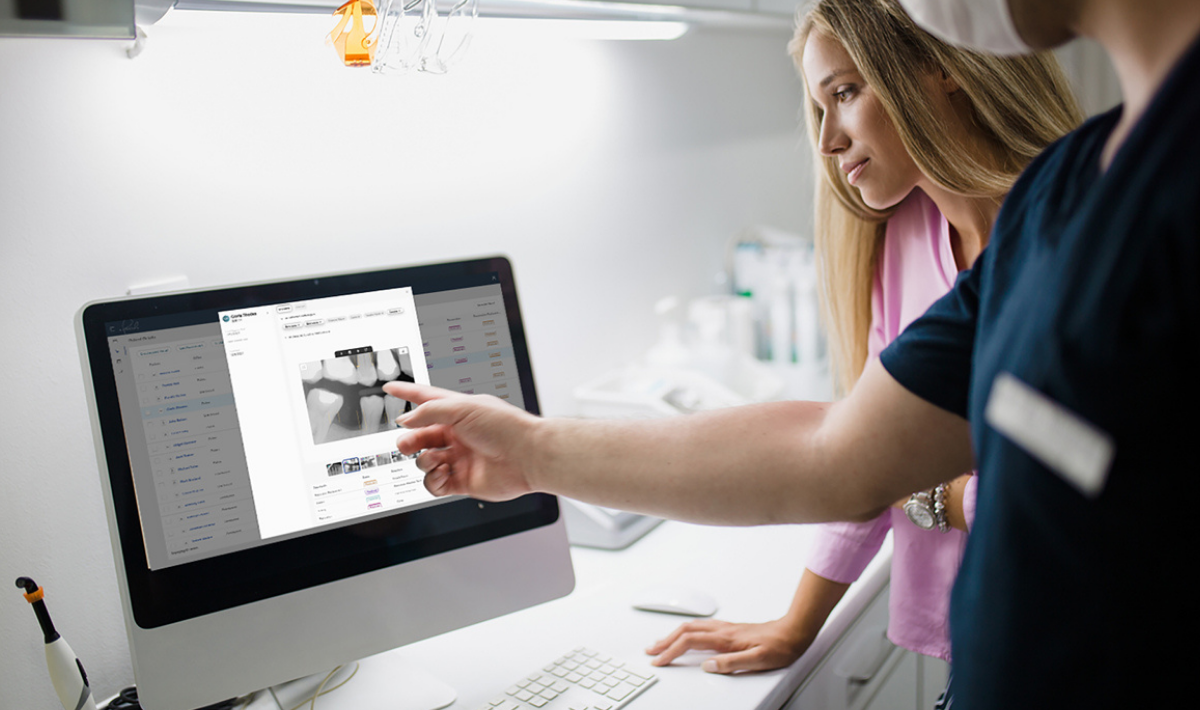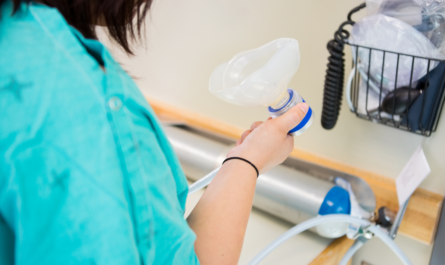How Pearl is using Artificial Intelligence to transform dentistry
The future is here. Like something out of a science fiction novel, artificial intelligence has become an incredible tool for so many different industries, optimizing their processes and improving business outcomes. Through advances in artificial intelligence, Pearl has created a comprehensive tool for dental practices and DSOs to streamline the quality and consistency of their patient care, while highlighting areas of growth and profitability they might not have seen before. Led by Ophir Tanz, CEO, and Dr. Kyle Stanley, Chief Clinical Officer, Pearl is bringing an incredible innovation to the world of dentistry.
Computer vision, a branch of artificial intelligence, is when the machine is taught to recognize and interpret objects in the real world in a way that simulates what the human brain does. In an attempt to describe how computer vision works, Tanz described the process of writing a program for a computer to identify an apple. You would give it characteristics like the curvature, the color, the shape, and the stem. “The problem with that is if you take a picture of a monkey holding an apple, an apple rolling on the ground, or even an apple sliced into pieces, then that program is going to fail,” he said. “It’s never going to identify all those apples, and you can’t realistically describe every scenario where an apple might exist in the real world so that a computer can identify it.”
Artificial intelligence takes millions of examples of apples in different scenarios: upside down, cut up, rotting, hanging on trees, being half eaten, etc. With that information, artificial intelligence would begin to understand the concept of the apple the way that the human brain does, interpreting apples by virtue of various characteristics. “That’s what computer vision, and why it’s exciting because it can understand these models of the world,” Tanz said. “Obviously, when we’re applying it to health care dentistry, we’re teaching it how to identify caries, radiolucency, calculus, or whatever the case may be. It can come into direct contact with material it’s never seen before, but very accurately and consistently identify it for what it is.”
Transforming dentistry, one patient at a time
Pearl has developed a couple of different systems for dental practices: Second Opinion and Practice Intelligence. Second Opinion is a software-based medical device, the first comprehensive AI-powered real-time pathology detection aid for dentists. Tanz said, “This software helps practitioners perform a more comprehensive diagnosis and makes sure they are not missing anything. It’s also a very powerful patient communication tool.”
Essentially, Second Opinion works as a second set of eyes to help ensure the dentist that he or she has considered every condition that appears in the patient’s radiograph. Using dental radiographs, the software can detect signs of most dental pathologies and any other treatable conditions that would appear on a radiograph. Most importantly, Second Opinion will be able to deliver the same high-quality analysis every single time.
“What you have in dentistry is this massive consistency and accuracy issue,” Tanz explained. “More than anything else, what AI is going to do is help to level up the standard of care across dentistry. The machine doesn’t get tired; it doesn’t have a bad day.”
By integrating Second Opinion with practice management software, Pearl can look at entire patient populations to develop treatment funnels. Dentists can navigate through these funnels and see the patients in each group, looking at their radiographic evidence to get a better idea of what the patient needs. Tanz explained that with the Second Opinion technology, dentists can correctly diagnose and treat more dental maladies than before. “We typically will surface a minimum of a million dollars in historically undiagnosed and untreated opportunities for practices that we engage with on day one.”
Training dentists and office managers
With Practice Intelligence, Pearl has created a solution that can leverage practice data into improved practitioner performance and patient health. Because it’s designed to optimize the entire practice, office managers and clinicians have separate types of training to onboard with the system. Office managers can use the call sheet functionality to show them who to call into the office, allowing them to implement better scheduling processes to drive revenue. The clinicians can use the system to identify what needs to be treated and better plan for patient visits. Additionally, Practice Intelligence can be used to show office and practitioner performance over time.
By merging radiographic insights from the AI-powered pathology detection engine with patient data from the practice management software, Pearl can deliver clinical insights to elevate the oral health of your patients and financial health of your practice.
Tanz said, “Each of our practices get a dedicated account manager, and we will start with a workbook approach. We look back a few weeks to see what the practice has done and compare that to what the practice could have done with Pearl. We identify what would have surfaced and what the next few weeks could look like.”
With these innovations in artificial intelligence, Pearl has created a unique opportunity for dental practices to improve their processes and elevate their ROI. Tanz said, “We are performing a comprehensive, historical and real time chart audit with the AI.”





